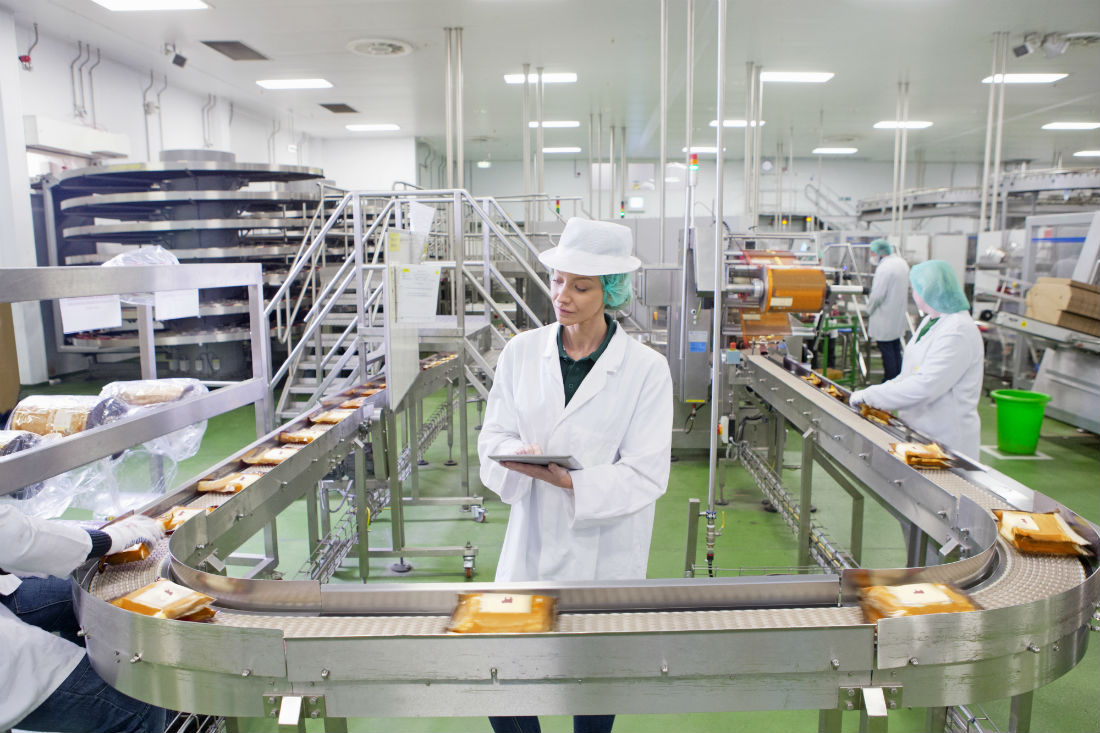Amid stories of hospitalizations and even deaths due to undeclared allergens in food, manufacturers are being urged to be meticulous when it comes to labeling and preventing potential cross-contamination on production lines.
Eight major food allergens are currently required to be declared on US labeling, including milk, eggs, fish, shellfish, tree nuts, peanuts, wheat and soybeans. When the Food Allergen Labeling and Consumer Protection Act was passed in 2004, these foods accounted for 90 percent of documented serious food allergies in America.
Sesame could become the newest allergen added to the list, US Food and Drug Administration (FDA) Commissioner Dr. Scott Gottlieb announced on November 12. This occurred after growing concern from experts and advocacy groups that sesame is not currently included in labeling laws.
Undeclared allergens are the leading reason for food recalls, which occurs when the wrong product is put into a package or an incorrect label is used. For example in July 2018, Wish-Bone announced a recall of 7,768 cases of their Italian salad dressing due to mislabeling. The labels did not list that the product contained milk and eggs.
Experts are also warning against package labels that state a product “may contain” certain allergens. “At times, I believe that companies misuse cross-contact labeling as a rationale for not being diligent in cleaning or to provide a level of protection from a legal perspective” said Dr. Steve Taylor, co-director of the Food Allergy Research and Resource Program (FARRP), in speaking with Baking Business.
This type of label also does not address undeclared allergens and does little to inform consumers, putting those with serious food allergies at risk. This scenario was demonstrated with a few high-profile examples over the past year.
In September 2018, an unlabeled baguette led to the death of a 15-year-old girl with severe sesame allergies in the UK. Natasha Ednan-Laperouse had eaten an artichoke, olive and tapenade baguette bought from the main Pret a Manger shop at Heathrow Airport.
Pret a Manger confirmed its products were not individually labeled with allergen or ingredient information. It is believed the sesame was baked into the baguette, rather than contained in seeds on its crust.
A similar event the following month occurred in Toronto. A woman with severe dairy allergies was hospitalized after unknowingly consuming a dish with traces of milk in it at a vegan restaurant. After eating a a meatless “pulled pork taco” at Vegandale Brewery, Vittoria Rabito says her airway began to close and she had to be rushed to the hospital by ambulance.
In a statement to VICE the restaurant said, “their suppliers may use animal-based ingredients in their production facilities when making other products.” The restaurant was not aware of the possible hazard due to the seasoning arriving in unlabeled packaging.
To limit problems, experts advise food manufacturers to check printed labels to make sure they match the formula before putting them on a product. Another suggestion is to review all ingredients, formulations and labeling at the time of a formula change and at least once per year.
Best practices to avoid cross-contamination combines diligence in cleaning and advancements in technology. This includes rapid-testing methods that indicate the presence of an allergen on production lines following a cleaning, as well as barcode readers that stop products from going into the wrong packaging.
Food allergies are described as a “potentially life-threatening disease that affects quality of life for millions of families and is a growing global public health issue” by Food Allergy Research & Education. Worldwide, an estimated 220 million people have food allergies.












Join or login to leave a comment
JOIN LOGIN